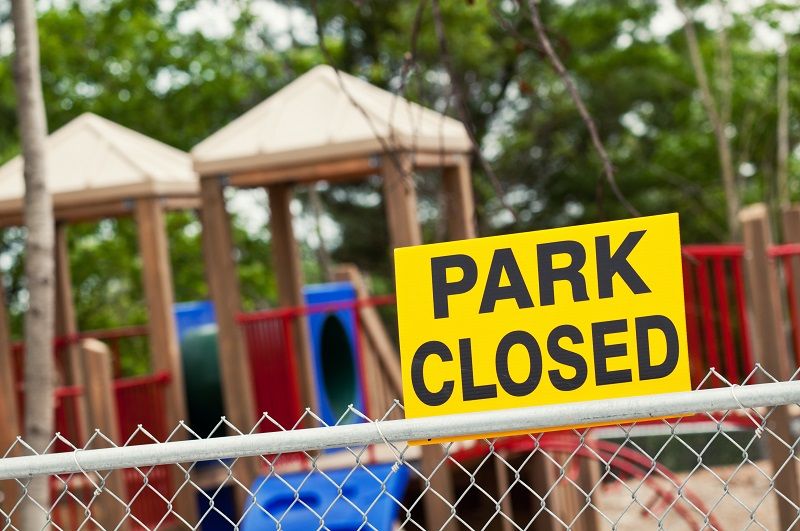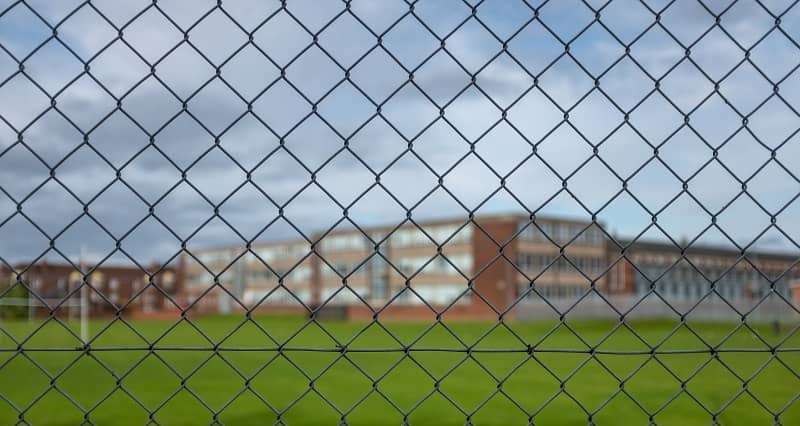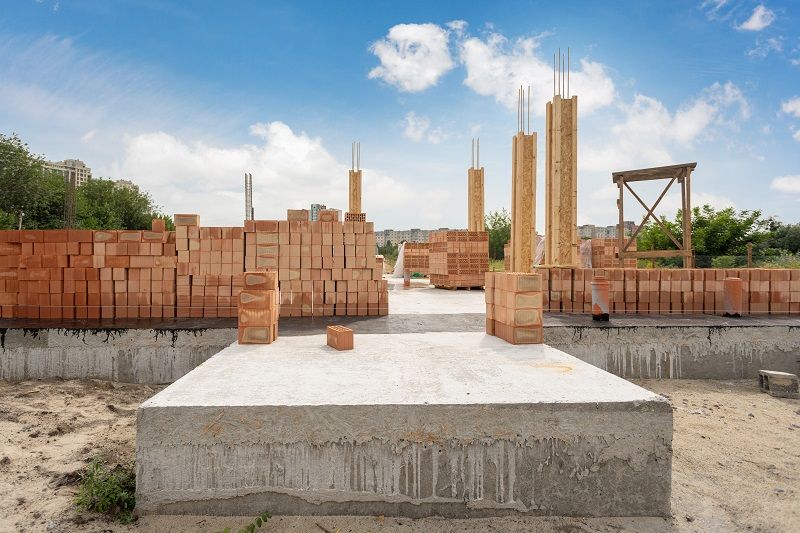By Michael Bastasch
Since 1986, Portland and Multnomah County have launched a slew of programs targeting homelessness, culminating in the “10 Year Plan to End Homelessness” in 2004. Portland and Multnomah County have built thousands of housing units and shelter beds and provide many services, but homelessness is still on the rise. Despite evidence that their approaches may be exacerbating the homeless problem, public officials continue to use the same failed methods.
The city’s approach to eradicating homelessness is based on the Housing First strategy which focuses on getting people into housing, then providing them with services as needed. Emblematic of this approach is the recent construction of Bud Clark Commons. The Commons was finally completed and opened in June 2011 and contains 130 studio apartments for permanent residents, a 90-bed men’s transitional shelter and a day center offering a variety of services. The city wanted a place with as many services as possible under one roof to provide convenient services for the homeless without referring them to other facilities, increasing the likelihood they will get help.
Those living in the Commons’ apartments are the most vulnerable of Portland’s homeless population, and many suffer from severe mental illness and substance abuse. Just giving these people housing won’t help them, however, as many need an environment where they must commit to getting long-term help. In the Commons, recovery isn’t mandatory, and drug and alcohol use are permitted in the apartments (though not in the shelter and day center). Addicts trying to recover will live next to those who are still using, making recovery much harder.
Recovery is easier when a community of recovering addicts is fostered as a mutual support network; but in the Commons, such a community may not occur. Jeanine Carr, a community health nurse at the Multnomah County Westside Health Center downtown, reportedly said, “It’s not like (the housing authority) is trying to build a community that will work well together.” Stacy Borke, housing and support services director of Transition Projects Inc., said, “The housing authority and the city are taking real leaps of faith,” with regard to fostering a community that works well together.
More concerning than the dynamics of the Commons’ residents, however, is the cost. The building cost $49.6 million dollars and will require federal and local subsidies to operate throughout the year. The permanent housing will cost somewhat less than $1 million annually, and the temporary shelter and day center will cost a little under $2 million annually. But even if all the services and housing capacity of this building were utilized, it still wouldn’t be enough to accommodate all the homeless in Portland. How many more $50-million-dollar buildings can the city afford or spare the land for?
These grandiose public projects may be well intentioned, but they cannot achieve results at a reasonable cost. The city of Portland and Multnomah County have poured tens of millions of dollars (over $31 million on average annually from 2001 to 2003) during the past 25 years into combating homelessness, but their spending is utterly useless when aimed at such projects. Much more efficient ways to combat homelessness require little government involvement.
One way is to allow private charities to take over where government intervention has failed. Private charities are voluntary and able to work with the homeless throughout their lives, requiring those they help to make a commitment to getting sober and back on track. Union Gospel Mission (UGM) in downtown Portland has a LifeChange program that works with homeless individuals suffering from drug and alcohol addiction and creates a recovering addict support network. UGM requires those in the LifeChange program to work in their store and at their mission downtown, giving them valuable career skills. They explicitly reject the Housing First approach and focus on getting people sober and responsible before transitioning them back to normal life.
Another way to combat homelessness is to follow the example set by Dignity Village, a homeless community near the Portland International Airport. The Village is campsite with wood shacks that was designated by the city in 2001. It requires all residents to pay $20 per month and to volunteer time to help the community. No drugs or alcohol are allowed, and the Village is self-governed by a board of directors elected by residents every year. The Village teaches residents to be entrepreneurial since they operate small-scale businesses on their properties. In fact, 50-75% of residents have income from work or benefits. Dignity Village also has a low cost to the city, estimated at $14,990 per year for city services and about $30,000 per year for internal costs (which Village residents pay themselves). It is much less expensive per person per night than transitional housing. Most importantly, the Village demonstrates that the homeless can take care of and provide for themselves when they are given a place to do so and are left unmolested.
The city continues to give handouts and spend millions of taxpayer dollars to achieve scant results. Bud Clark Commons, though generating a lot of attention, is just a repetition of the same failed policies of the past 25 years. More efficient and compassionate ways exist to tackle homelessness, with places like Dignity Village or through private charities. Spending taxpayer money doesn’t automatically yield results. No matter how much nicer homeless shelters get or how many more Portland builds, it doesn’t stop homelessness. Rather, it tends to exacerbate it and keep people dependent.
Michael Bastasch is a research associate at Cascade Policy Institute, Oregon’s free market public policy research organization.











